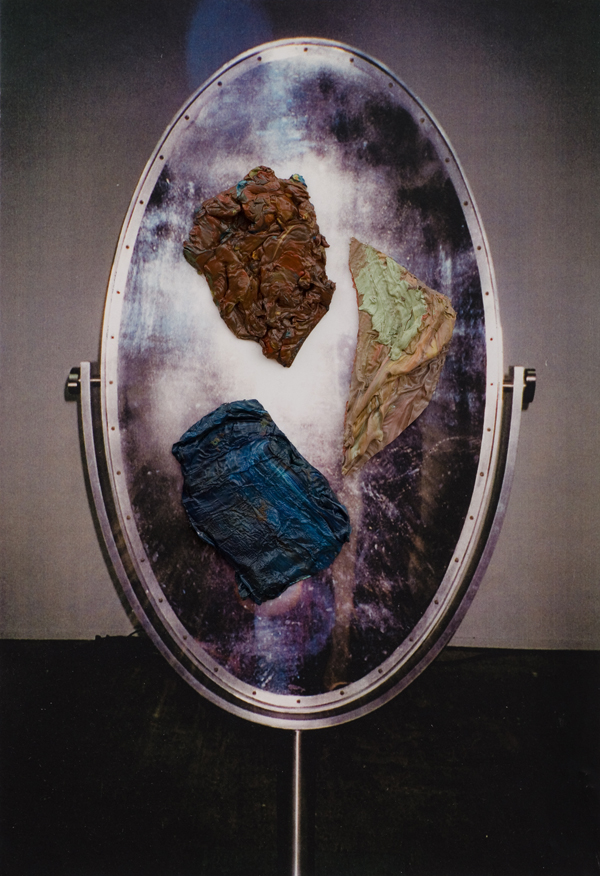

January 10, 2014
Opening: 10.01.2014, 6.00 pm
13.01.2014 – 21.02.2014
Curator: Lech Stangret
Tomasz Ciecierski identifies himself with painting and with all the consequences following from that identification. An opinion which threads its way through many an article devoted to Ciecierski’s work maintains that, in observance, his art is cyclical. In the case of his most recent works, two groups of paintings can also most certainly be distinguished. I would not call them cycles, though, for as a rule, ‘cycle’ refers to some kind of complete whole, revolving around a particular theme, accordance, regularity, and recurrence. Meanwhile, in these paintings, the only shared features might be the formats and some of the formal elements. Each picture touches upon a different solution. It is a kind of deviation from the cyclical ‘norm’, as if the author were prodding the viewer into a game of ‘spot the irregularities’.
Ciecierski engages in a discourse on art and painting in his works. Albeit characterised by references to the history of art, his reflections are focused on the verification of painting and on its constant revision and updating. He is well aware both of the changes taking place in art and of the new depictive possibilities, but he treats them as proof of a progressive pluralism within which he sees a place for painting as well.
At first glance, the large-format works seem to share a syntheticism of painted, geometric forms. Here, Ciecierski is returning to the questions fundamental to his art; landscape, space, photography, painting, time and memory.
The landscape also appears in the other group of paintings, the small-format group. They, too, create an outward impression of constituting one cycle, for they are executed on the basis of a similar model. Small photos or little paintings are fixed onto smooth backgrounds covered in a single colour and accompanied by congealed splashes of paint applied alongside. Yet each of these small paintings radiates with different subject matter.
Some of Ciecierski’s most recent paintings appear to turn his focus toward abstraction and minimal art, but the emotional resonance of others decisively tips the scales away from impersonal minimal art and comes down on the side of personal, singular, expressive statement. Today, when art has lost its progressive history and become more the outcome of individual acts, Ciecierski’s paintings most certainly find their place within it.
To a large extent, Ciecierski’s art is autarchic in nature. He believes that painting has not exhausted its potential in the contemporary art world and is thriving in all respects.